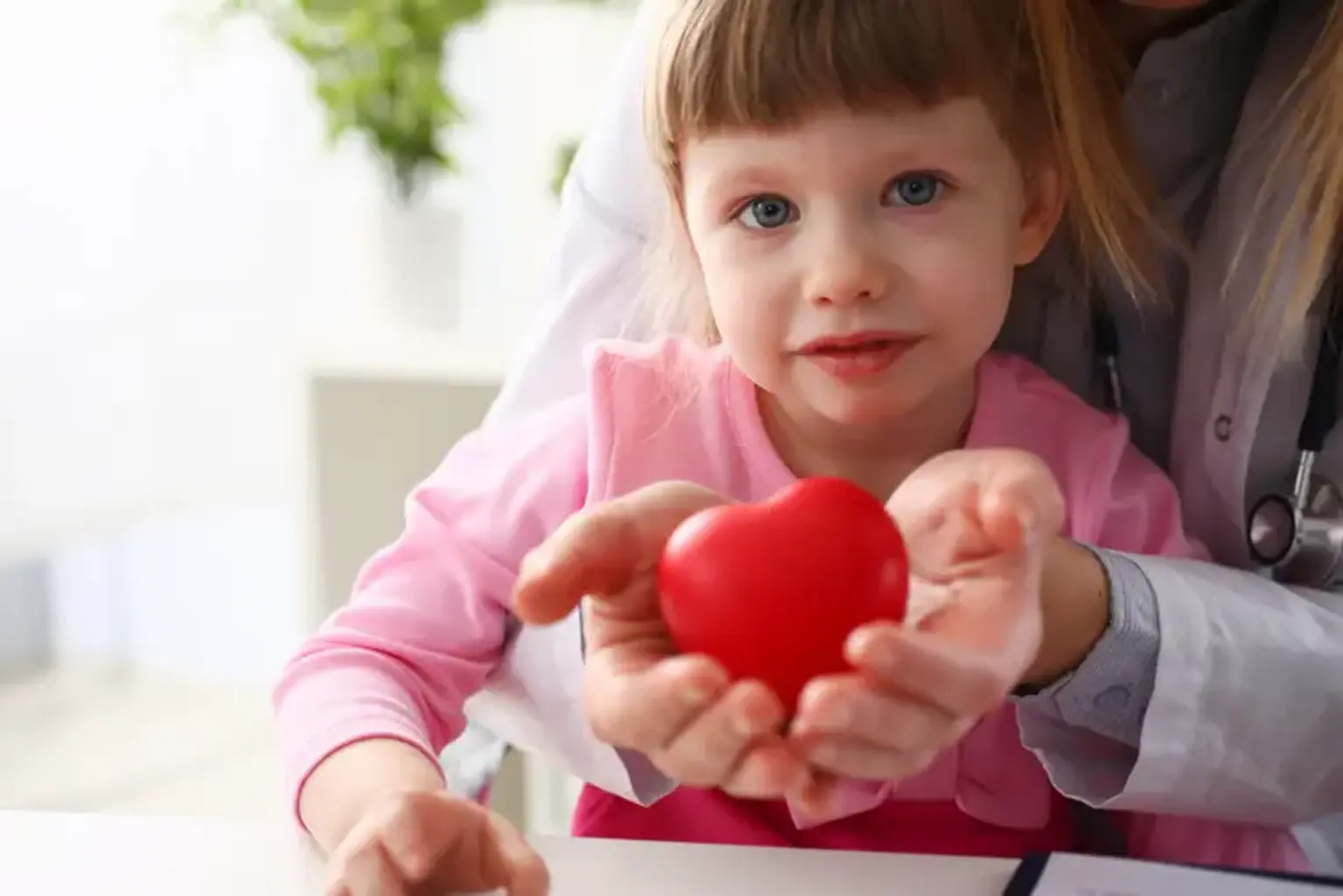Pediatric Cardiac Catheterization
Overview
Cardiac catheterization is a technique that includes puncturing an artery and/or vein, often in the groin, in order to guide a small, long, flexible tube (catheter) into the heart and main vessels around the heart.
Fluoroscopy is used to guide the catheter through the heart (X-ray machine). This is frequently done to aid in the identification of heart problems.
Interventional catheterization is a sort of cardiac catheterization in which real therapies are carried out using specialized catheters.
